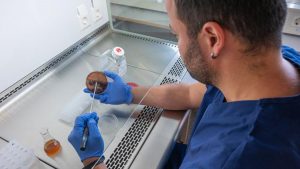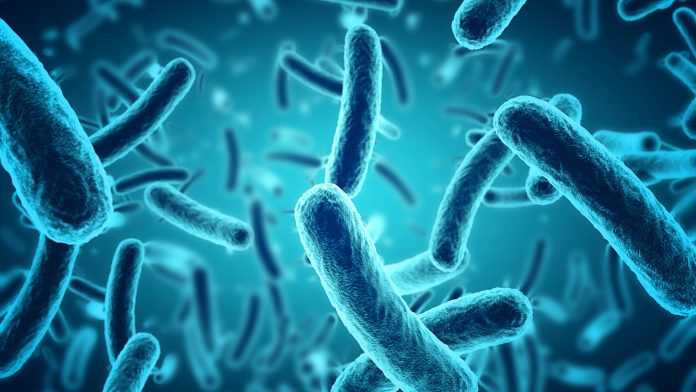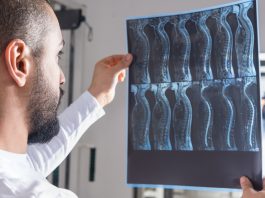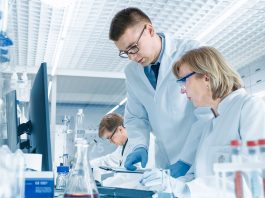A group of proven drugs used in cancer treatment for decades could possibly be a successful bacterial infection treatment.
Researchers at Linköping University, Sweden, are now developing a new class of antibiotics for bacterial infection treatment.
Antibiotic-resistant bacteria threaten human lives, yet the development of new drugs to treat bacterial infections is slow.
While several drugs have proven highly effective in killing bacteria or tumour cells, they also harm the patient. This means they are often used sparingly or not at all.
The new antibiotics, detailed in a paper in the Journal of Controlled Release, aim to overcome issues with bacterial infection treatment.
The ingredients have already been successful in cancer treatments
The new process delivers strong compounds safely, opening up various opportunities for safe bacterial infection treatment.
Frank Hernandez, Associate Professor in the Department of Physics, Chemistry and Biology (IFM) at Linköping University, explained: “There are many pharmaceutical ingredients that are highly effective but have serious side effects.
“I want to package molecules with our method so that they are explicitly delivered to the spot in the body where the bacteria or the cancer cells are.
“We can lower the dose and still get a good effect exactly where it’s needed.”
A group of drugs called nucleoside analogues have been used in cancer treatments since the 1960s. However, they have also proved effective in bacterial infection treatment.
Despite this, nucleoside analogues are not currently used to treat bacterial infections, likely because they are associated with severe side effects, and other antibiotics are available.

The emergence and spread of life-threatening, multi-resistant bacteria has created an imminent need for new alternatives to currently used antibiotics, and nucleoside analogues could have a role to play in this.
How can the antibiotics be used for bacterial infection treatment?
Now, the researchers have made several discoveries that pave the way for package nucleoside analogues to be delivered safely.
They examined the properties of proteins called nucleases found in animals and bacteria. Differences have emerged between bacteria and human nucleases during evolution, which the researchers take advantage of.
“Our method combines two things: the ability to pioneer bacterial infection treatment and the efficacy of drugs that have existed for a very long time and are often well proven, but which have so far been delivered in a way harmful to the patient,” said Hernandez.
All nucleases have one thing in common: they function as biological scissors, cutting the DNA in the cell genome. The method developed by the researchers takes advantage of these properties in specific nucleases from the bacteria to be treated.
The bacteria nuclease cuts off the nuclease analogue, which then becomes active and kills bacteria in that particular spot, making it effective in bacterial infection treatment.
“I believe that this technology has a great potential to be a breakthrough in the treatment of infectious diseases”, concluded Baris Borsa, Principal Research Engineer at Linköping University.









